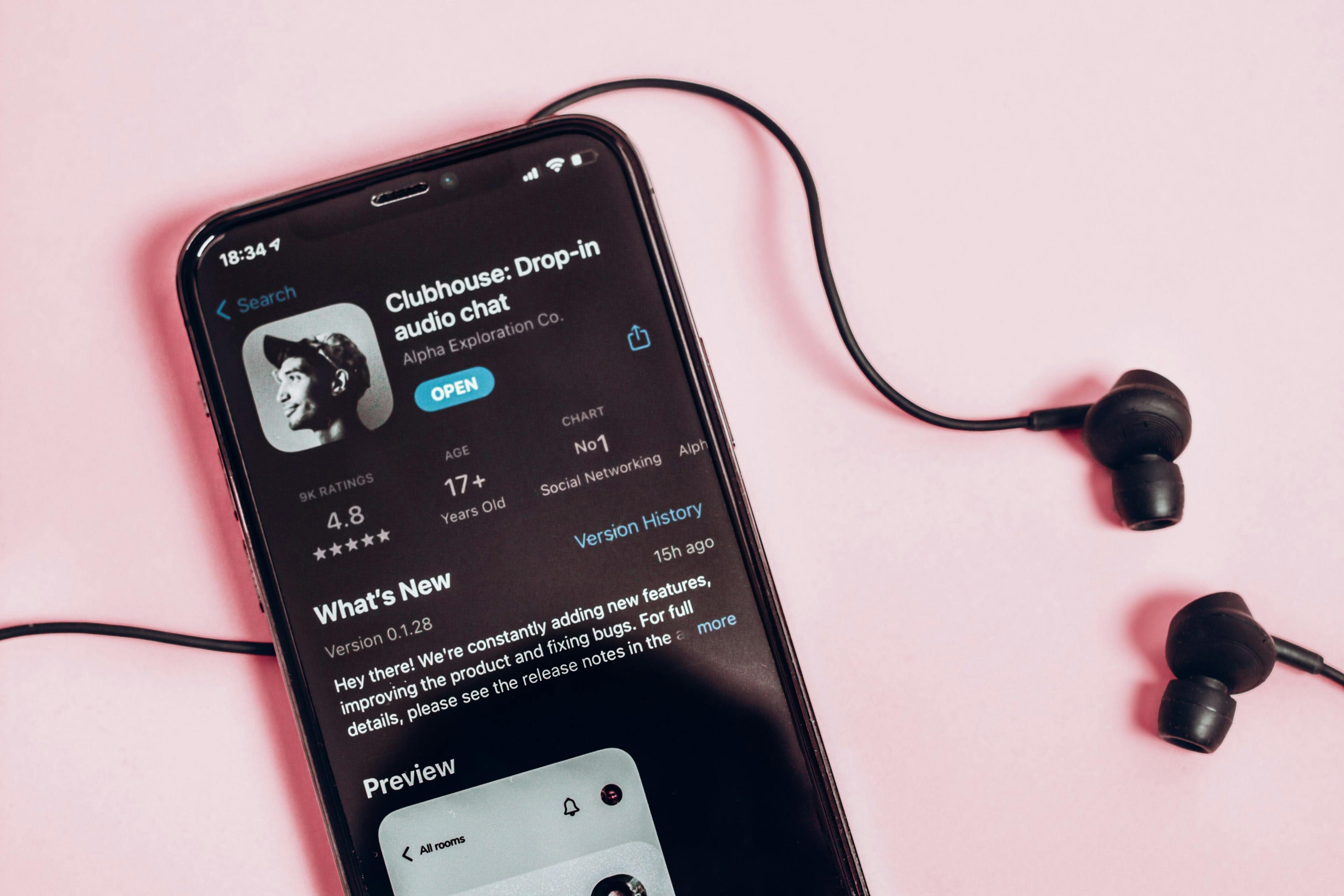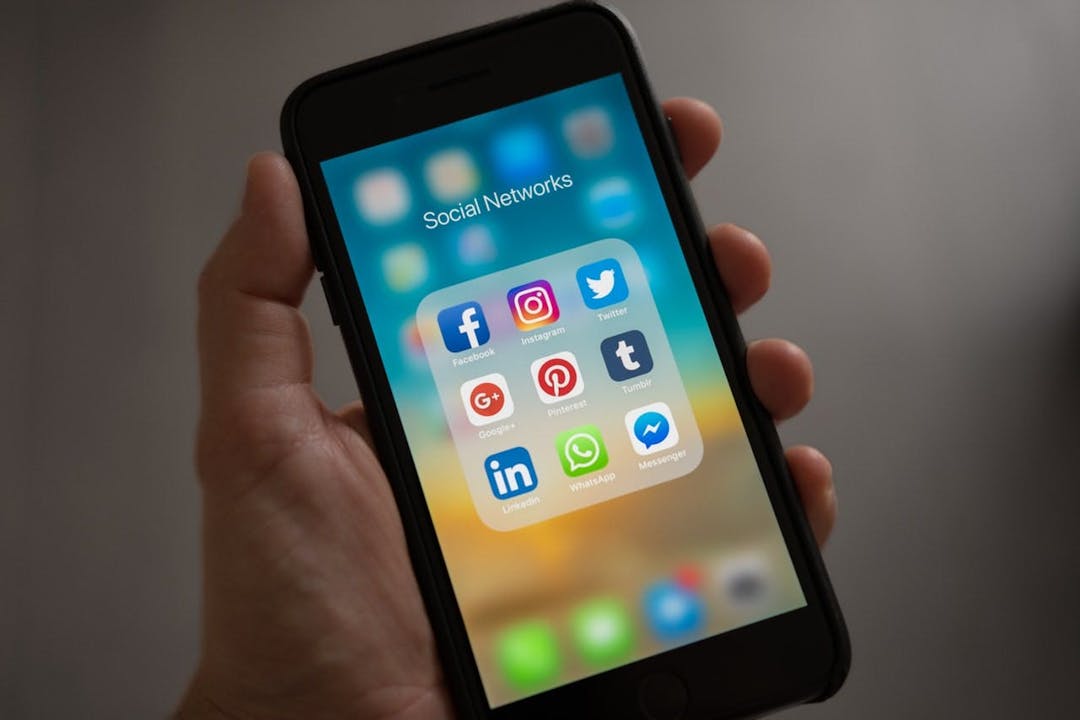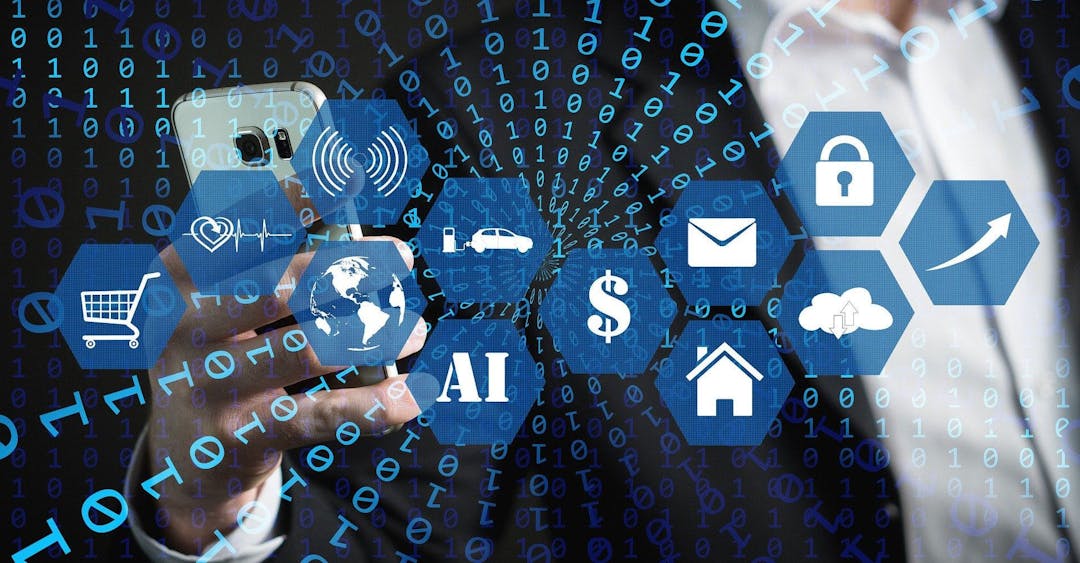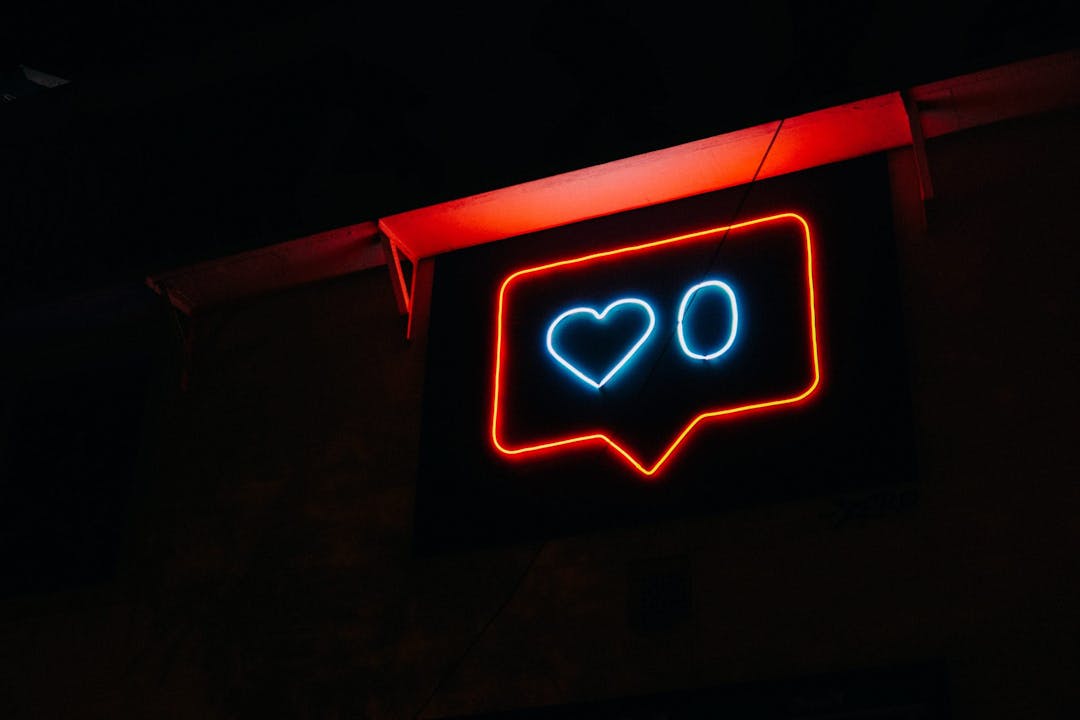Join the Club: The Science Behind the Rise of Clubhouse
There’s a new social media app on the block, and it’s exploding in popularity. Clubhouse, an audio-only social network, has amassed over 10 million users in just a few months. The app allows users to listen to conversations, whether it’s in a small chatroom or a large event hosted by a celebrity. It’s essentially a live podcast with the option to drop in and share your thoughts as well. The one catch: to join Clubhouse, you must receive an invitation from an existing user.
Clubhouse demonstrates how innovation can leverage trends in human behavior to increase user appeal, to great effect: it’s been reported that invites to join the app have been sold on eBay for hundreds of dollars.1 In this article, we explore Clubhouse’s appeal from a behavioral lens.
Video chats can be draining
One of Clubhouse’s biggest draws can be summed up in one sentence: Zoom fatigue is real. While many have proclaimed video chat to be the future of communication and productivity, the ubiquity that this medium has attained over the past twelve months has also made us keenly aware of how exhausting it can be. This can be explained by a variety of phenomena, a few of which are listed below.
The spotlight effect
Humans are naturally egocentric. The spotlight effect describes our egocentric tendency to overestimate how much attention others are paying to us. For example, research shows that a person may believe he or she is having a “bad hair day,” while others do not notice a difference. Video chats accentuate the spotlight effect because (in most apps) we are constantly seeing our own image reflected back at us, which contributes to the perception that others are watching us more keenly than they really are. In fact, research demonstrates that during video meetings, people are looking at themselves more than half of the time.2
With the pandemic still ongoing, the inescapable trap of the spotlight effect can have detrimental mental health effects, including increased social anxiety. Clubhouse offers the opportunity to participate in conversations without this added pressure.
Close-distance eye contact
When on video chat, we engage in interpersonal communication that would ordinarily violate in-person social norms. For example, on Zoom, we maintain long stretches of eye contact with our friends or coworkers while sitting in close proximity to them (or at least to our laptop cameras). While this is conventional over Zoom, even with strangers or professional colleagues, imagine this with someone you just met. Uncomfortable, right?
While we may not be explicitly aware of it, persistent close-distance eye contact can drain our cognitive resources.3 It signals to our brain the need to pay closer attention, as such close distance is often reserved for those treated with intimacy like family or loved ones. This contributes to feelings of exhaustion, and may also explain shorter attention spans during online calls.
Increased cognitive load
During face-to-face interactions, we naturally send and receive nonverbal cues. We typically don’t consciously process body language. Instead, it’s quite effortless. When on Zoom, however, there is an overload of unnatural nonverbal cues that place stress on our System 1, which is responsible for fast, intuitive, and unconscious thought processes. This is due to ambiguity: we must attend to various disparate elements of the conversation, including image, audio, and so on.3
Unlike in-person conversations, virtual meetings also leave us with limited information about other people’s surrounding environments, as we are confined to what’s visible on-screen. This makes it more difficult to interpret head and eye movements that are traditionally very important during in-person conversations. For example, people may be using two monitors or taking notes, but because we can’t see what’s going on out-of-frame, we waste cognitive energy filling these gaps.
Clubhouse’s audio-only platform is a stark contrast with the lifestyle we have endured for the last year. Here, we are able to reap all the benefits of social participation without the aforementioned pressures. Hence, we naturally gravitate towards it.
Many of us can also relate to the lingering nervousness that precedes clicking the “unmute” button. We may feel less inhibited when we are not on camera, especially in a room of strangers. This increased confidence allows us to liberate our thoughts and ideas, and talk more freely.
Behavioral Science, Democratized
We make 35,000 decisions each day, often in environments that aren’t conducive to making sound choices.
At TDL, we work with organizations in the public and private sectors—from new startups, to governments, to established players like the Gates Foundation—to debias decision-making and create better outcomes for everyone.
FOMO: Fear of Missing Out
In-group bias
Clubhouse is entirely live: you have to be there, or else you miss it. But the FOMO kicks in even before one downloads the app, because of the fact that it is invite-only. This exclusivity makes users feel special, which can be explained by in-group bias. In-group bias (also known as in-group favoritism) is the tendency for people to give preferential treatment to others who belong to the same group that they do.
What’s surprising is that this bias shows up even when people are put into groups randomly, making group membership effectively meaningless. This is referred to as the minimal group paradigm (MGP). In one study, participants were randomly assigned to groups and were explicitly made aware of the fact that these groups were not based on any shared characteristics (i.e. they were meaningless). The results showed that the participants were more generous to those in their in-groups, as measured by financial donations.4 The conclusion: it takes very little for people to establish a group and attach their identity to it.
This in-group feeling was further amplified when celebrities like Elon Musk, Kevin Hart, and Drake joined and began using the platform to share their thoughts and perspectives. Clubhouse suddenly became cool—almost like a VIP room.
The bandwagon effect
The bandwagon effect refers to our tendency to adopt behaviors and beliefs because others are doing so. We see people rushing to download Clubhouse, so we also want to join Clubhouse. It’s a fancy way of describing the app’s “hype.”
More deeply, this bias in our context can be traced back to the phenomenon of network effects in economics, which explains how the utility a user derives from some goods and services is contingent on the number of users on it. As more people join, especially those in our social circle, the social and opportunity costs of not being on the app increase.
A passing fad?
Clubhouse’s fast traction is impressive. It’s also quite counterintuitive because the product is a regression to audio. Perhaps it’s a way of compensating for the excess of video chats over the last year. Or perhaps it’s a way for people to carve out their identity by rejecting social norms, especially in a time when numerous public policies are setting limitations on how we live.
The biggest question remaining is, will Clubhouse remain popular post-COVID? Undoubtedly, social isolation during the quarantine era contributed to its initial uptake and adoption. However, once people can set foot into bars, go to parties, and attend live events again, will there still be the same hype around Clubhouse? Will the improved external environment outweigh the social costs? Only time will tell.
References
- Murdock, J. (2021, February 24). People are trying to sell clubhouse invites for hundreds of dollars on eBay. Newsweek. https://www.newsweek.com/clubhouse-ebay-listings-sell-invites-audio-app-ios-hundreds-dollars-1571609
- How Vanity Affects Video Communication. 10 Jun 2016 [cited 18 Mar 2021]. Available: https://highfive.com/blog/how-vanity-affects-video-communication
- Bailenson JN. Nonverbal overload: A theoretical argument for the causes of Zoom fatigue. Technology, Mind, and Behavior. 2021;2. doi:10.1037/tmb0000030
- Billig M, Tajfel H. Social categorization and similarity in intergroup behaviour. European Journal of Social Psychology. 1973. pp. 27–52. doi:10.1002/ejsp.2420030103
About the Author
Sanketh Andhavarapu
Sanketh is an undergraduate student at the University of Maryland: College Park studying Health Decision Sciences (individual studies degree) and Biology. He is the co-Founder and co-CEO of Vitalize, a digital wellness platform for healthcare workers, and has published research on topics related to clinical decision-making, neurology, and emergency medicine and critical care. He is also currently leading business development for a new AI innovation at PediaMetrix, a pediatric health startup, and previously founded STEPS, an education nonprofit. Sanketh is interested in the applications of behavioral and decision sciences to improve medical decision-making, and how digital health and health policy serve as a scalable channel to do so.





